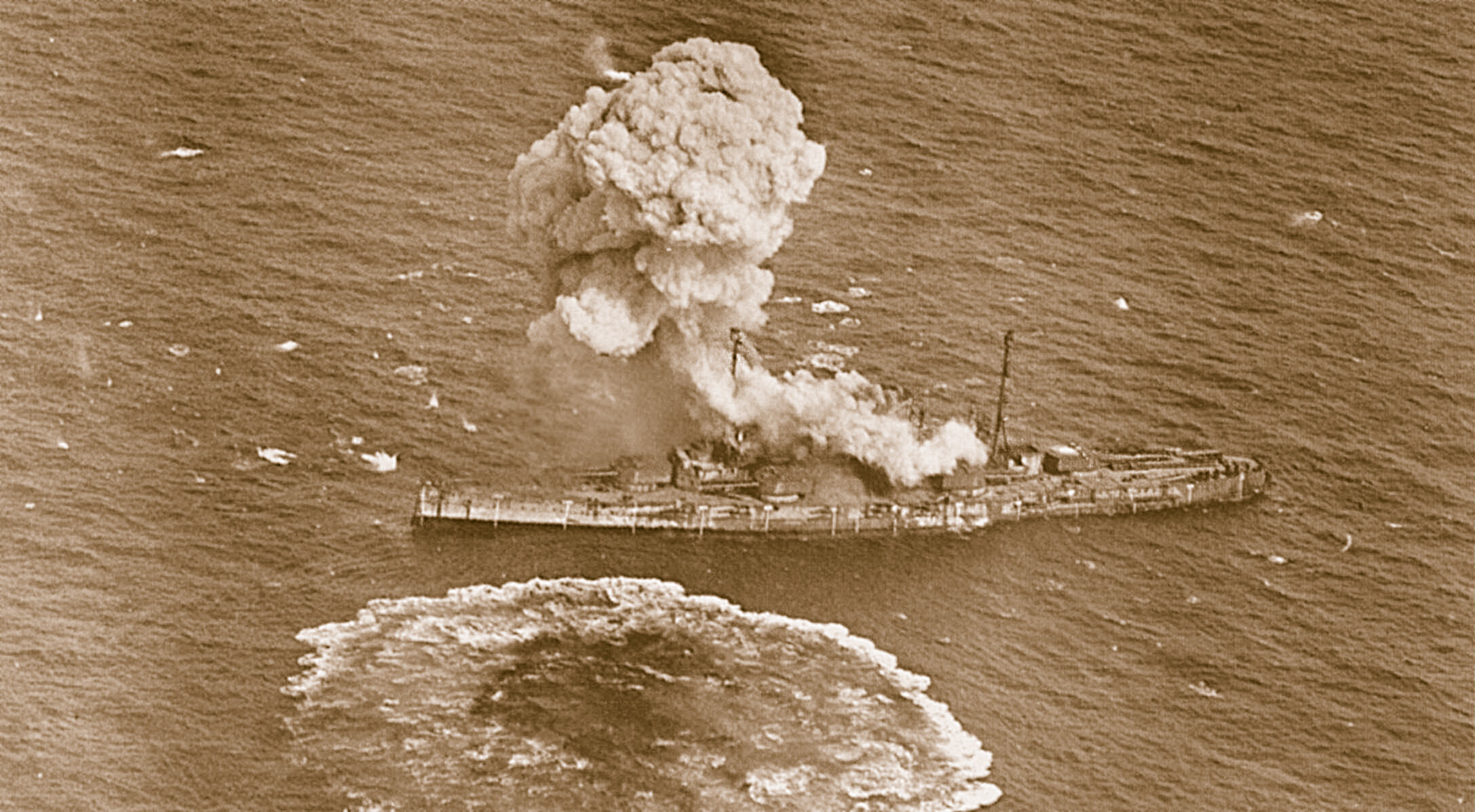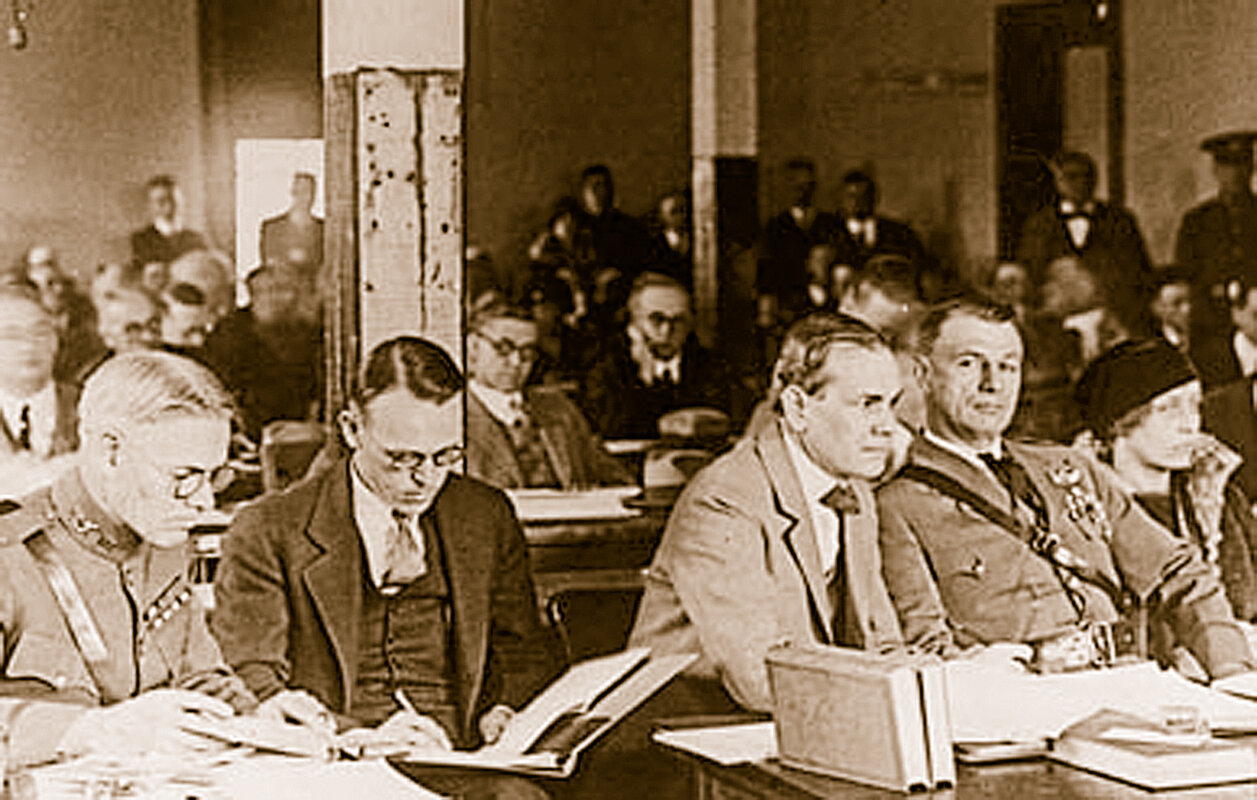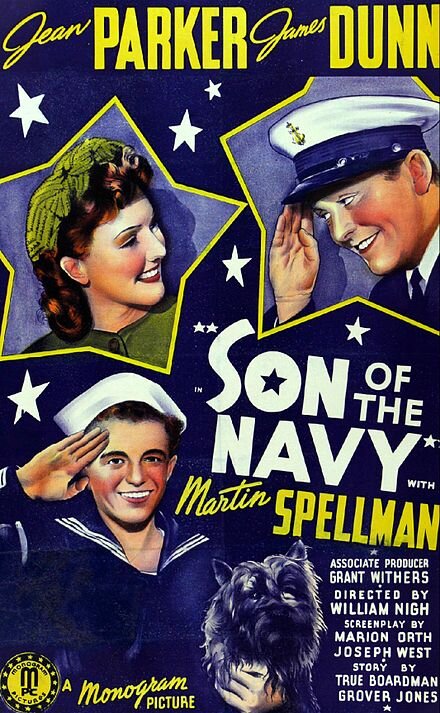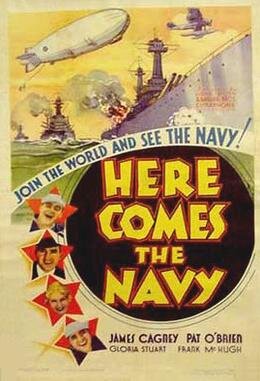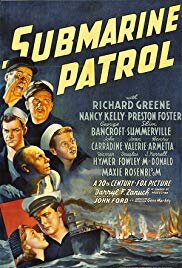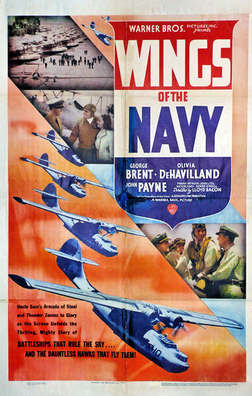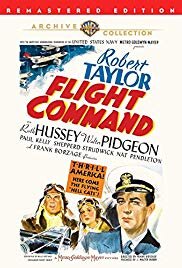Selling Sea Power: Public Relations and the U.S. Navy, 1917-1941. Ryan D. Wadle. Norman, OK: University of Oklahoma Press, 2019.
With this book, Ryan Wadle seeks to add texture to a historical analysis that views the period between world wars as a time of change and growth for the U.S. Navy, as opposed to a somewhat older interpretation that saw it as a period of stasis dominated by a gun club of battleship officers whose conservative and traditional approach thwarted change until the very eve of World War II. The newer thesis focuses on the navy’s transition from a battleship-centric service to a “three-plane” force that, by incorporating submarines and aviation, was prepared to “dominate the surface of the ocean, the air above it, and the depths beneath it.”[1]
The added perspective Wadle offers, as the title of his book suggests, is an examination of the role of public relations in facilitating this transition. The book offers a rich and detailed tapestry of the many factors that influenced public perceptions of the navy. Wadle states that during this period the service learned the need “to sell the navy to the people.”[2] Throughout the book, however, he seems to waver between claims that the navy’s public affairs office made great strides in institutionalizing its public relations function and acknowledging that the office actually had little or no impact on the major public relations issues that affected the navy during this time. Perhaps the two views are not wholly incompatible, but Selling Sea Power makes only a limited case for the historical significance of the navy’s Information Section and its successor, the Public Relations Branch. Many historical episodes recounted in the book do not mention these offices at all and demonstrate that the public perception of the navy was forged mostly independent of their efforts.
The book is extensively and meticulously researched. Using files of correspondence that had escaped the attention of previous historians, Wadle is able to trace behind-the-scenes maneuvering and correct the record on the creation of Navy Day, an early public relations triumph for the navy, but one that illustrated the service’s perceived need to distance itself from explicit self-promotion. Similarly, although navy-themed movies from this period have been analyzed previously, Wadle’s research provides new details about the internal dynamics of the U.S. Navy’s Motion Picture Board and he contextualizes the movies’ themes in new ways.
The book documents the enormous range of factors that fed the public image of the navy during this period. The reader gets a granular view of naval representations in recruiting posters, athletic competitions, promotional events, juvenile fiction and adult novels, comic strips, radio serials, feature films, newsreels, newspaper and magazine reportage, nonfiction books, and congressional testimony. Again, however, most of them have little or no relationship with the navy’s formal public relations activities. The book repeatedly notes that the navy public relations personnel “played little or no role,” “had little control,” “did not collaborate,” and were “mostly bypassed” as events unfolded.[3] Even at the end of the 1930s the navy “lacked a true public relations strategy.”[4]
Wadle provides a thorough explanation exactly why this was the case. The navy faced strong countervailing forces throughout this period, including a broad political and public consensus on the virtues of disarmament in the aftermath of World War I, the highly publicized efforts of Brigadier General Billy Mitchell to establish aviation as a separate branch of the military, congressional disapproval of self-promotion by government agencies, and rogue attempts by naval officials and allies to advance their personal visions of the service’s future. Most of all, its public relations projects had to battle an internal culture that reinforced the self-image of the navy as a “silent service” that disdained publicity in almost any form. As a result, the public relations unit was perpetually understaffed, typically by people with little or no public relations or journalism experience. It could not overcome widespread resistance to its mission within the officer corps and was unable to coordinate efforts across different parts of the navy bureaucracy.
The navy’s most effective means of shaping public opinion during this period was the influence it exerted over depictions of the service in Hollywood feature films. The Navy Department Motion Picture Board approved the screenplays and final cuts for all movies that received navy assistance. The Board frequently required changes in storylines and the elimination of scenes or simply refused to approve projects it thought reflected poorly on the service. Because most moviemakers needed cooperation (principally the ability to use footage of navy vessels and shoot scenes aboard them), they were willing to accept these constraints and worked to stay on good terms with the service. Wadle offers many details about the way the board functioned, the way Hollywood filmmakers accommodated it, and the major themes that emerged from these films.
Despite the board’s influence, however, inconsistency caused by turnover and a lack of clear guidelines sometimes undermined the navy’s efforts. Moreover, the service’s response was almost entirely reactive. Near the end of the 1930s when the navy wanted to stress preparedness as a priority in its messaging to the public, it was unable to shift Hollywood’s focus in this direction. And even when the process worked well, Wadle notes the navy “had essentially outsourced its public relations” to the filmmakers rather than taking charge of it internally.[5]
Overall, Wadle offers a judicious assessment of the navy’s public relations operations during this period, and he does not oversell his argument. He readily admits continued shortcomings in these operations, but he believes that by the end of the period the Public Relations Branch had achieved a professionalism, sense of purpose, organizational structure, and relationships with the mass media that provided a valuable framework when the navy began to take public relations more seriously during World War II. This relatively modest claim still might be a stretch. Perceptions of the navy during this period overwhelmingly seem to have emerged from an uncoordinated amalgam of popular media depictions, news reports, recruiting propaganda, and independent advocacy by the service’s supporters and critics, rather than anything that was shaped by the navy’s public relations apparatus.
The book offers some insights for people who are trying to influence public perceptions in today’s heavily mediated society. The navy’s experience with the cutting-edge communications technology of the era—Hollywood movies—demonstrates the need to engage proactively with new media and cultivate working relationships with its key producers, while at the same time responding aggressively to negative publicity and generating one’s own media products when possible. The story highlights, sometimes by way of negative example, the importance of organizational culture and the value of having savvy professionals direct the public relations initiative.
The navy’s middling success in this effort is also noteworthy, particularly since the complexity of controlling public image in today’s age of internet communications and social media dwarfs the difficulties encountered by the navy’s Public Relations Branch prior to World War II. The book is probably a cautionary tale as much as an object lesson for those engaged in a similar task, but in any case, Wadle offers a valuable, deeply researched, and multifaceted rendering of the navy’s relationship with the public during this period and a vivid descriptions of the problems it faced as it attempted to control its public image.
Rob Schorman is professor emeritus of history at Miami University (Ohio). His research has focused on the history of mass communications and its impact on United States culture.
Have a response or an idea for your own article? Follow the logo below, and you too can contribute to The Bridge:
Enjoy what you just read? Please help spread the word to new readers by sharing it on social media.
Header Image: USS George H.W. Bush transits the Strait of Messina in 2011. (US Navy Photo)
Notes:
[1] Ryan D. Wadle, Selling Sea Power: Public Relations and the U.S. Navy, 1917–1941 (Norman, OK: University of Oklahoma Press, 2019), 163.
[2] Wadle, 7, 220.
[3] Wadle 73, 114, 137, 189.
[4] Wadle, 218.
[5] Wadle, 148.




